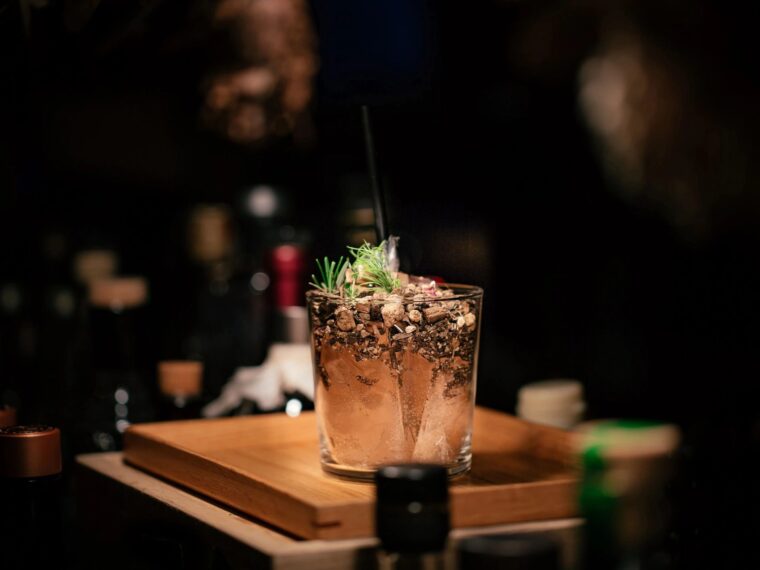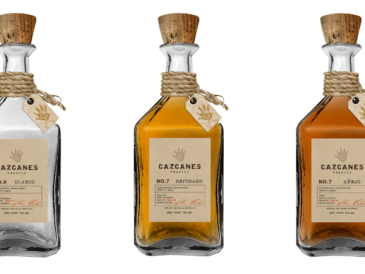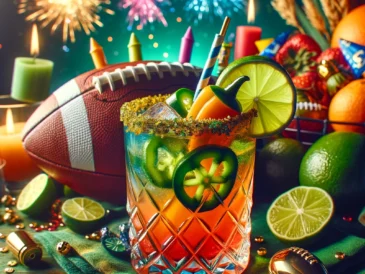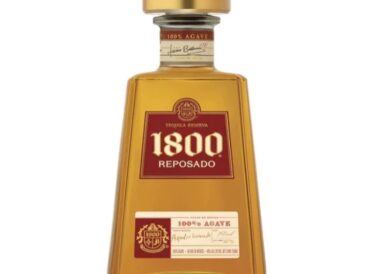The Three Types of Tequila: An In-depth Guide
Tequila, a spirit distilled from the blue agave plant, primarily around the city of Tequila in Mexico’s western state of Jalisco, is cherished worldwide for its distinctive flavor and cultural significance. While some may think of tequila as a single type of liquor, several types offer a unique flavor profile and sipping experience. In this blog post, we’ll focus on the three main types of tequila: Blanco, Reposado, and Añejo.
1. Blanco Tequila
Also known as silver or white tequila, Blanco is the purest form of this agave-based spirit. It’s clear and typically unaged, meaning it’s bottled immediately after distillation or aged less than two months in stainless steel or neutral oak barrels.
Blanco tequila is known for its strong, straightforward flavor, which vividly expresses the natural sweetness of the blue agave. It offers crisp, peppery notes with some underlying sweetness and is often used in cocktails like margaritas because of its bold agave flavor.
2. Reposado Tequila
Reposado, meaning ‘rested,’ is tequila aged in wood barrels for two months and one year. The aging process allows the tequila to mellow and take on subtle flavors from the wood, typically oak.
Reposado tequilas balance the agave-forward flavor of Blanco tequila and the woodsy, complex notes acquired from barrel-aging. This type of tequila is smoother than Blanco, with a less aggressive agave flavor, and often imparts hints of caramel or butterscotch from the wood. Reposado can be enjoyed on its own, or it can add depth to tequila-based cocktails.
3. Añejo Tequila
Añejo, meaning ‘aged’ or ‘old,’ is tequila aged in oak barrels for a minimum of one year and up to three years. The extended aging process produces a darker color, more complex flavors, and a smoother finish.
Añejo tequilas are known for their rich, often caramel or vanilla-like flavors, complementing the agave’s natural sweetness. They have a full, complex profile with a smoother finish, similar to fine whiskies or cognacs. Añejo is typically sipped neat, allowing the drinker to appreciate its flavor’s intricacies fully.
In Conclusion
From the crisp and vibrant Blanco to the smooth and complex Añejo, the world of tequila offers an array of tasting experiences. Each type of tequila provides a unique way to enjoy the rich flavors of the blue agave plant, shaped by different distillation and aging processes.
Next time you enjoy a tequila-based cocktail or a neat pour, take a moment to appreciate the type of tequila you’re savoring. Whether it’s the bold intensity of a Blanco, the balanced complexity of a Reposado, or the smooth sophistication of an Añejo, each offers a unique window into the rich tradition of tequila-making. Cheers to a deeper understanding of this spirited beverage!




